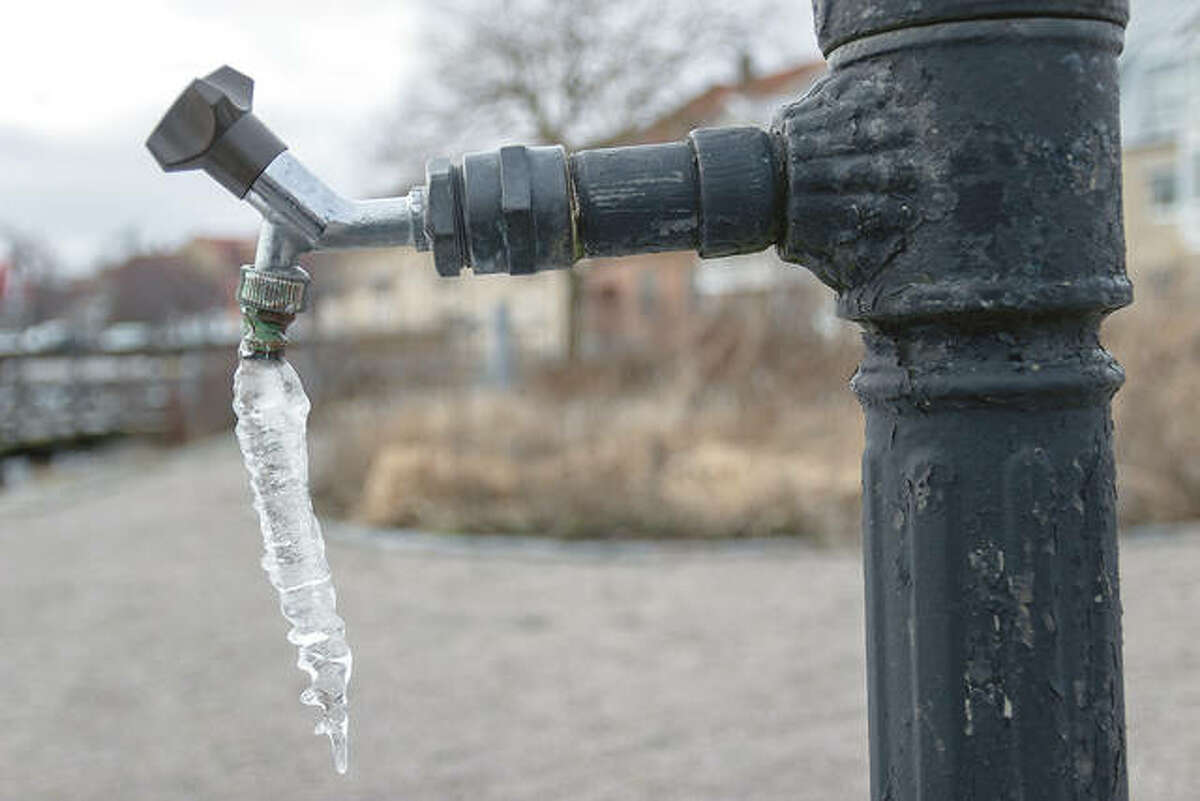Just how do you really feel on the subject of How to prepare your home plumbing for winter weather?

Cold weather can wreak havoc on your pipes, especially by freezing pipelines. Right here's how to avoid it from occurring and what to do if it does.
Intro
As temperatures decrease, the threat of icy pipelines increases, potentially bring about expensive repairs and water damage. Comprehending how to avoid icy pipes is vital for home owners in chilly environments.
Prevention Tips
Protecting susceptible pipes
Cover pipes in insulation sleeves or make use of warmth tape to protect them from freezing temperature levels. Focus on pipelines in unheated or external locations of the home.
Heating methods
Maintain indoor areas appropriately warmed, particularly areas with plumbing. Open cabinet doors to permit cozy air to flow around pipes under sinks.
Just how to recognize icy pipelines
Seek decreased water flow from taps, uncommon smells or sounds from pipes, and noticeable frost on exposed pipes.
Long-Term Solutions
Architectural modifications
Think about rerouting pipes far from outside wall surfaces or unheated areas. Add additional insulation to attic rooms, basements, and crawl spaces.
Upgrading insulation
Invest in top quality insulation for pipelines, attic rooms, and walls. Appropriate insulation assists keep constant temperature levels and decreases the risk of icy pipes.
Safeguarding Outside Plumbing
Garden hose pipes and outdoor faucets
Separate and drain pipes garden hoses before winter. Set up frost-proof spigots or cover exterior taps with insulated caps.
Comprehending Icy Pipelines
What causes pipes to ice up?
Pipelines freeze when revealed to temperatures listed below 32 ° F (0 ° C) for extended durations. As water inside the pipelines freezes, it increases, taxing the pipe wall surfaces and possibly triggering them to rupture.
Threats and problems
Frozen pipelines can cause water disruptions, residential or commercial property damage, and costly repair work. Burst pipes can flood homes and trigger substantial structural damage.
Signs of Frozen Pipes
Recognizing frozen pipelines early can avoid them from bursting.
What to Do If Your Pipes Freeze
Immediate activities to take
If you think icy pipes, maintain faucets available to alleviate stress as the ice melts. Utilize a hairdryer or towels taken in warm water to thaw pipes slowly.
Final thought
Avoiding icy pipes requires aggressive steps and quick reactions. By recognizing the reasons, indicators, and preventive measures, homeowners can protect their plumbing during cold weather.
5 Ways to Prevent Frozen Pipes
Drain Outdoor Faucets and Disconnect Hoses
First, close the shut-off valve that controls the flow of water in the pipe to your outdoor faucet. Then, head outside to disconnect and drain your hose and open the outdoor faucet to allow the water to completely drain out of the line. Turn off the faucet when done. Finally, head back to the shut-off valve and drain the remaining water inside the pipe into a bucket or container. Additionally, if you have a home irrigation system, you should consider hiring an expert to clear the system of water each year.
Insulate Pipes
One of the best and most cost-effective methods for preventing frozen water pipes is to wrap your pipes with insulation. This is especially important for areas in your home that aren’t exposed to heat, such as an attic. We suggest using foam sleeves, which can typically be found at your local hardware store.
Keep Heat Running at 65
Your pipes are located inside your walls, and the temperature there is much colder than the rest of the house. To prevent your pipes from freezing, The Insurance Information Institute suggests that you keep your home heated to at least 65 degrees, even when traveling. You may want to invest in smart devices that can keep an eye on the temperature in your home while you’re away.
Leave Water Dripping
Moving water — even a small trickle — can prevent ice from forming inside your pipes. When freezing temps are imminent, start a drip of water from all faucets that serve exposed pipes. Leaving a few faucets running will also help relieve pressure inside the pipes and help prevent a rupture if the water inside freezes.
Open Cupboard Doors
Warm your kitchen and bathroom pipes by opening cupboards and vanities. You should also leave your interior doors ajar to help warm air circulate evenly throughout your home.

I was made aware of that editorial about Helpful Tips to Prevent Frozen Pipes this Winter from an acquaintance on a different website. Appreciated our piece? Please share it. Let others find it. Thanks a lot for your time. Don't forget to stop by our website back soon.
Visit